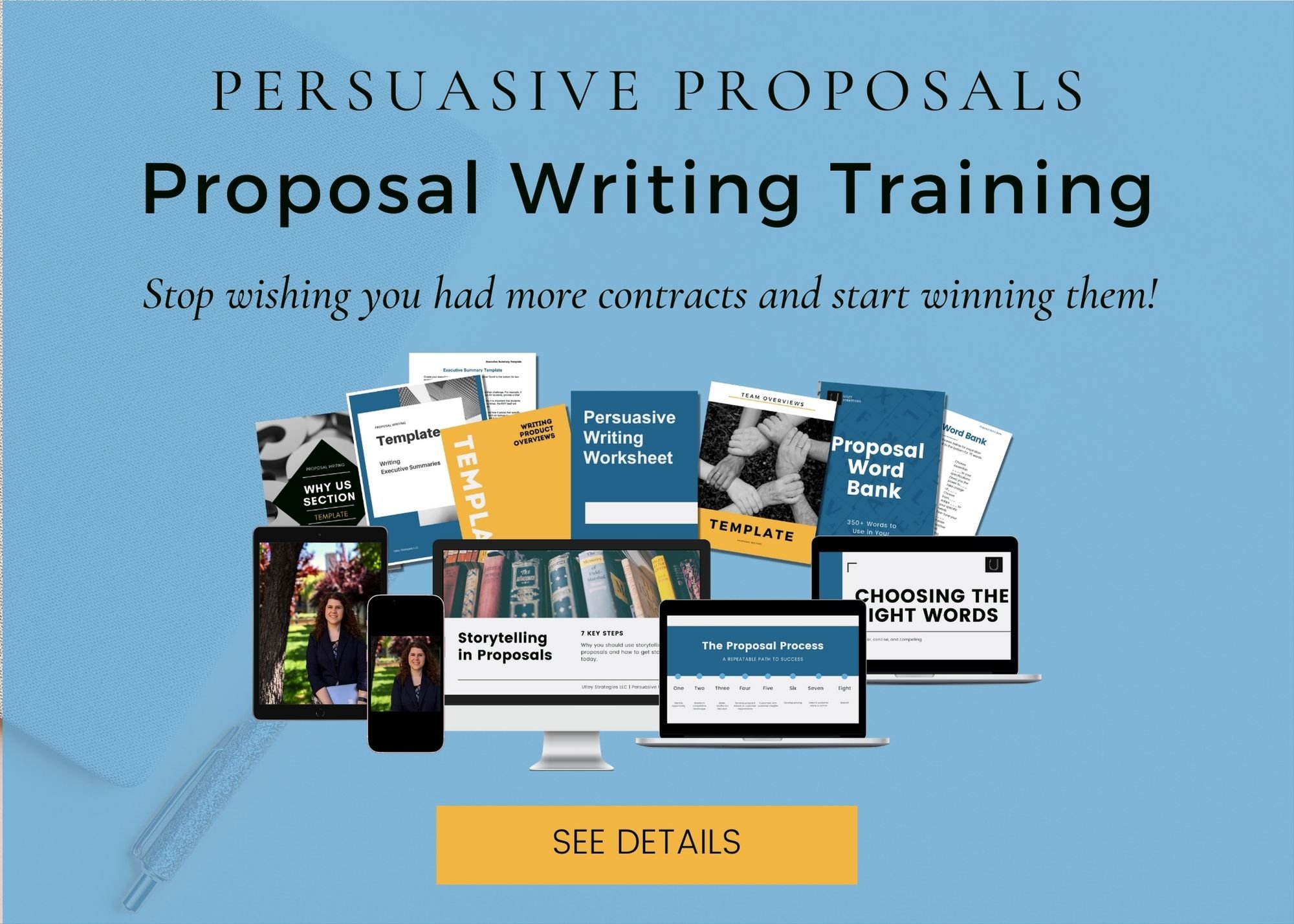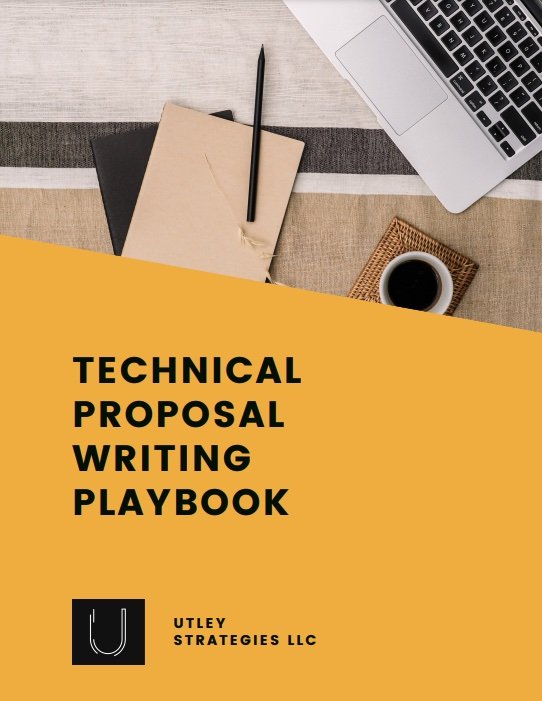5 Red Flags When Writing Your Proposal
Nearly every company has a love-hate relationship with proposals. You love winning them, but creating a winning proposal can be a painful process. Developing a streamlined and effective proposal process is key to making responses easier and better. If you know you need improvement but aren’t sure where to start, here are five red flags to watch for in your proposal process (and how to fix them!).
1. Using Past Proposals as Starting Point
This is one of the most popular ways to create proposals at small companies (and even some big ones), and while it seems effective, it can actually hurt your proposals. Everyone has the fear of accidentally leaving a past customer name in the final proposal that you send to a new lead, but client names aside, reusing content from past proposals means you’re speaking to a past client in your new proposal (or worse, no one at all). Since tailored content is key to effective proposals, if you are able to reuse most of the content from a previous response, it means that you weren’t tailoring it too much in the first place.
How to fix it: Start creating a content library and make all content easy to tailor to each opportunity. If you have a recent proposal where you love the company overview, update your existing company overview to reflect those changes. Save the content in one place that is easy to access for all members of the team. Consider investing in a proposal software if you respond frequently. Having a starting point of content on hand allows you to spend more time on tailoring the content rather than simply gathering it from different sources.
2. Applying the Same Level of Effort for All Proposals
If you subscribe to the philosophy that every proposal is a priority, then what you’re really saying is that none of them are a priority. If you have no process for prioritizing your proposals, then your win rates will likely reflect this lack of clarity.
How to fix it: Establish a scoring methodology that makes it easy to prioritize proposals. To do this, first identify the factors where you are more likely to win (i.e. if you’re the incumbent or have an existing relationship), and then create a scoring framework around those factors. Once you start prioritizing proposals, spend more time tailoring the high scoring opportunities and rely more heavily on boilerplate for the low scoring ones where you still are responding even though it’s a long shot. This approach increases your chances of winning the opportunities that are a good match while still allowing you time and resources to respond to others.
3. Never Discussing the Competition
You most likely have extensive discussions around pricing and beating your competitors, but do you apply this same level of focus to the actual solution content? By paying attention to the competition, you are better positioned to develop strong win themes and differentiators that can positively influence the evaluation committee.
How to fix it: At the beginning of every proposal, start by discussing the competition and how this affects your proposal (not just around pricing). A few questions to ask include:
Who is the incumbent? If it’s a new contract, is the RFP tailored to a specific company?
Who are the other likely competitors to respond? (Bonus: Attend the Pre-Bid and write down names of anyone who speaks/is in attendance)
How do we win against those competitors? What key stats or pieces of content should we include to make this clear?
4. Your Content is Used for All Industries
If you support clients in multiple industries and you only have one set of boilerplate content, you’re missing an opportunity to speak directly to those clients in your proposal. For example, your company overview might describe how you have worked with 54 healthcare providers, but if the proposal is for a university, this is not as exciting as calling out that you worked with the university in the county over. By making your boilerplate industry-focused, you save time on tailoring future proposals.
How to fix it: Create sub-categories within your content library. For example, you may have a general “company overview” and a “company overview - healthcare”. Do this for all key sections of content. Also include any industry-specific content in your library, such as addressing HIPAA requirements for healthcare clients.
5. No Input from Sales/Marketing
Many times the proposal function sits within marketing, within sales, or it straddles the two. Wherever your proposal team resides, make sure that they work closely with both sales and marketing. Sales provides key customer insights that can be used to tailor the proposal, and marketing has a holistic approach to how you are competing as a company across clients. Using insights from both teams (as well as customer support or any other client-facing role) will help you to create truly compelling proposals.
How to fix it: Always include someone from each role on the kickoff meeting and any key content meetings. Marketing should review any graphics and the voice of the content to ensure alignment with the larger company brand and other marketing initiatives. Sales should provide customer insights and a review of content from this specific customer’s perspective.



